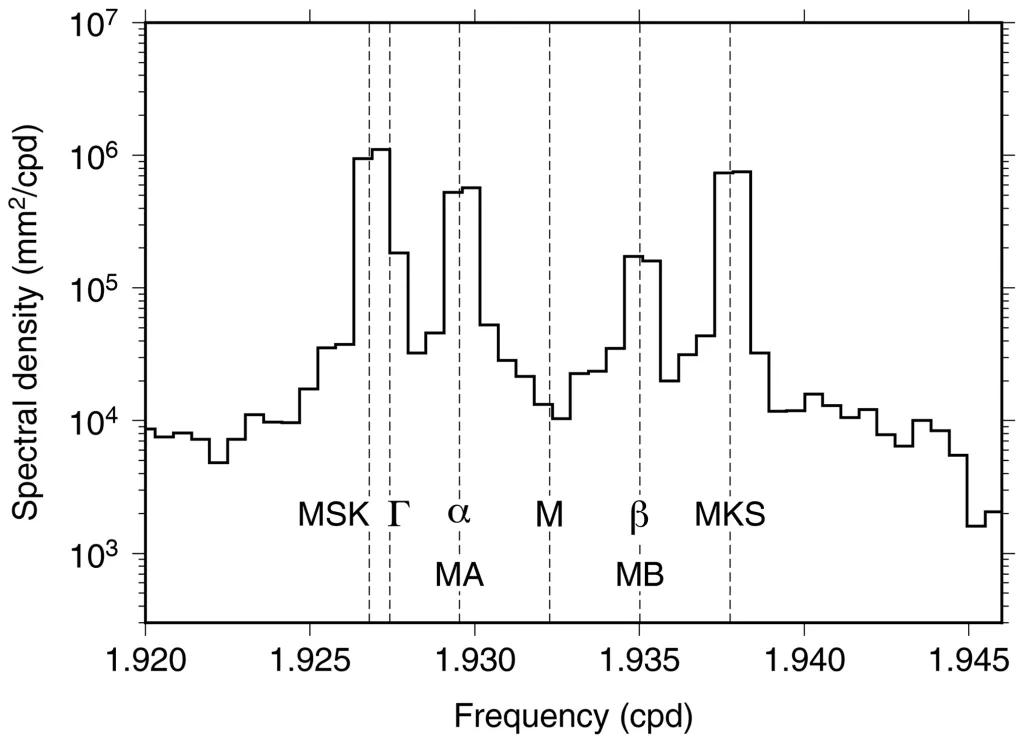Technical note: On seasonal variability of the M₂ tide
Seasonal variability of the M₂ ocean tide can be detected at many ports, perhaps most. Examination of the cluster of tidal constituents residing within the M₂ tidal group can shed light on the physical mechanisms underlying seasonality. In the broadest terms these are astronomical, frictional–advective interactions, and climate processes; some induce annual modulations and some semiannual, in amplitude, phase, or both. This note reviews how this occurs and gives an example from each broad category. Phase conventions and their relationship with causal mechanisms, as well as nomenclature, are also addressed.
R. D. Ray
- Ocean Science, volume 18


